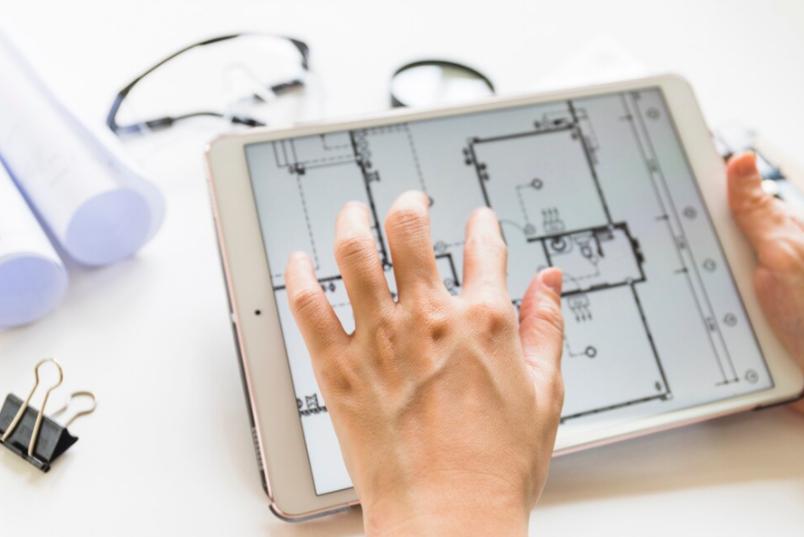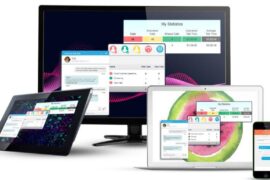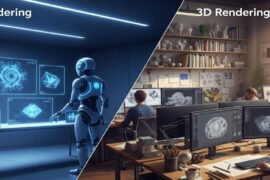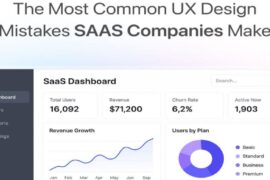In an era where efficient use of space is paramount, the role of technology in space management has become indispensable. Whether in corporate offices, retail spaces, or residential environments, optimizing layouts can lead to significant improvements in functionality, aesthetics, and overall user experience. This article explores how technology can be leveraged to achieve optimal space management, with a focus on the use of tools like floor plan creators and other innovative solutions that are transforming the way spaces are designed and utilized.
The Importance of Efficient Space Management
Efficient space management is more than just arranging furniture or equipment within a given area. It involves a strategic approach to maximizing the potential of a space to serve its intended purpose while also considering factors such as safety, accessibility, and comfort. In commercial settings, well-managed spaces can improve employee productivity, enhance customer experiences, and even reduce operational costs. For residential spaces, efficient layout planning can lead to more functional living areas that cater to the needs of the occupants while also increasing property value.
Traditionally, space management relied heavily on manual processes, including sketching layouts on paper and trial-and-error approaches to furniture arrangement. However, these methods are often time-consuming, prone to errors, and lack the flexibility needed to experiment with different configurations. This is where technology steps in, offering tools that not only streamline the process but also provide insights and precision that manual methods cannot match.
The Role of Technology in Space Management
Technology has revolutionized space management in several ways, making it easier to design, plan, and optimize layouts. Modern tools allow for the creation of detailed, accurate, and scalable plans that can be easily modified and adjusted as needed. These tools range from simple software applications to advanced platforms that integrate various aspects of space planning, including 3D modeling, real-time simulations, and data analytics.
One of the key benefits of using technology in space management is the ability to visualize spaces before they are physically altered. This allows for better decision-making, as planners can experiment with different layouts, assess the impact of various design elements, and identify potential issues early in the process. Additionally, technology enables collaboration among stakeholders, allowing architects, designers, and clients to work together more effectively to achieve the desired outcomes.
Leveraging Floor Plan Creators for Optimal Layouts
Among the technological tools available for space management, floor plan creators stand out as particularly valuable. These tools allow users to design and modify floor plans quickly and efficiently, offering a range of features that make layout planning more accessible and precise.
What is a Floor Plan Creator?
A floor plan creator is a software tool that allows users to create digital representations of spaces. These tools typically offer drag-and-drop functionality, enabling users to place walls, windows, doors, and other structural elements with ease. Additionally, many floor plan creators come with libraries of furniture and fixtures, allowing users to populate their layouts with realistic elements that reflect the intended use of the space.
One of the most significant advantages of using a floor plan creator is the ability to create accurate, to-scale representations of spaces. This precision is crucial for ensuring that all elements of the layout fit together as intended, avoiding issues such as overcrowded rooms or poorly positioned furniture. Furthermore, floor plan creators often include measurement tools that allow users to calculate areas, distances, and other important metrics, further enhancing the accuracy of the design.
Benefits of Using a Floor Plan Creator
- Visualization and Experimentation: Floor plan creators allow users to visualize their designs in 2D or 3D, providing a clear understanding of how the space will look and function. This visualization is invaluable for experimenting with different layouts, as users can easily move elements around, adjust dimensions, and try out various configurations until they find the optimal solution.
- Time and Cost Efficiency: By streamlining the design process, floor plan creators save time and reduce the need for costly revisions. Users can quickly make changes to their designs without the need for physical alterations, reducing the risk of errors and minimizing waste.
- Collaboration and Communication: Floor plan creators facilitate collaboration by allowing multiple users to work on a design simultaneously. This feature is particularly useful in professional settings, where architects, designers, and clients need to communicate their ideas and make decisions collectively. The ability to share and edit plans in real time ensures that everyone involved is on the same page, reducing the likelihood of misunderstandings and ensuring that the final layout meets all requirements.
- Enhanced Accuracy: Accurate measurements and scaling are critical in space management, and floor plan creators excel in this area. Users can input precise dimensions and ensure that all elements of the design are correctly proportioned. This accuracy helps prevent issues such as furniture not fitting properly or spaces being underutilized.
- Integration with Other Tools: Many floor plan creators can be integrated with other software tools, such as 3D rendering programs or virtual reality platforms. This integration allows for even more detailed and immersive visualizations, enabling users to experience their designs in a virtual environment before making any physical changes. Additionally, some floor plan creators offer the ability to import and export files in various formats, making it easier to collaborate with professionals who use different software.
Other Technological Innovations in Space Management
While floor plan creators are an essential tool for optimizing layouts, they are not the only technological innovations transforming space management. Other tools and technologies are also playing a significant role in enhancing the efficiency and effectiveness of space planning.
3D Modeling and Rendering
3D modeling and rendering tools allow users to create detailed, lifelike representations of spaces, providing a more immersive way to visualize layouts. These tools enable designers to experiment with materials, lighting, and textures, giving a more comprehensive view of how the space will look and feel. By creating realistic 3D models, users can identify potential design issues and make informed decisions before implementing any changes.
Virtual Reality (VR)
Virtual reality is another powerful tool for space management, offering an immersive way to experience and interact with a space before it is built or modified. VR allows users to “walk through” their designs, providing a first-person perspective that is unmatched by traditional 2D or 3D representations. This level of immersion helps users understand the spatial relationships within a design and make adjustments as needed to improve flow, accessibility, and overall functionality.
Space Management Software
Space management software integrates various aspects of layout planning, from floor plan creation to resource allocation and occupancy tracking. These platforms offer a comprehensive solution for managing large spaces, such as corporate offices or educational institutions, where multiple factors must be considered. Space management software can help optimize the use of available space, track occupancy levels, and ensure compliance with safety regulations.
Conclusion
Efficient space management is essential for creating functional, aesthetically pleasing, and comfortable environments. Leveraging technology, particularly tools like floor plan creators, can significantly enhance the process of designing and optimizing layouts. These tools offer a range of benefits, from improved visualization and experimentation to enhanced accuracy and collaboration. Additionally, other technological innovations, such as 3D modeling, virtual reality, and comprehensive space management software, are further transforming the way spaces are planned and utilized. By embracing these technologies, designers, architects, and space managers can create layouts that not only meet the needs of their users but also maximize the potential of the spaces they work with.































